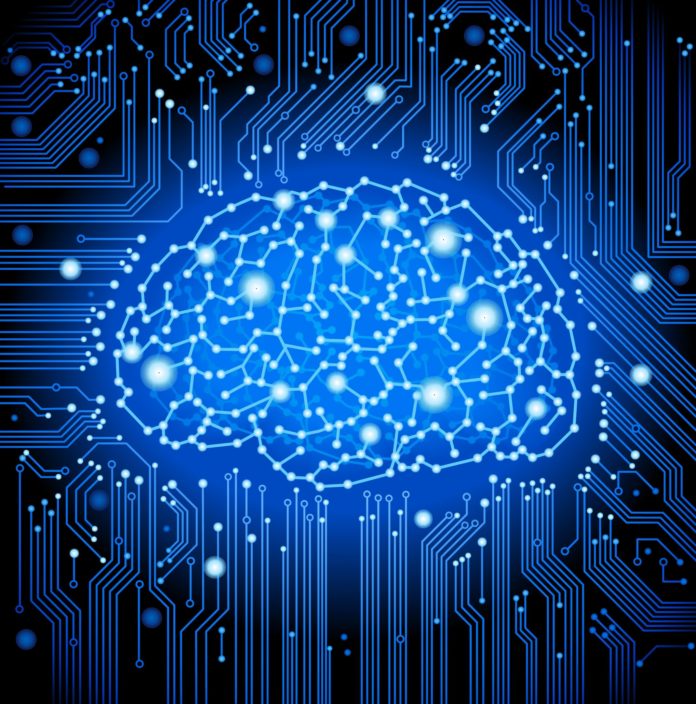The scale of data which AT&T processes is staggering: More than 590 petabytes on a daily basis, the equivalent of 6.5 million 4K movies. Being able to process its data faster and more efficiently means tangible improvements in reduced cost (especially cloud costs), increased operational capability and a boost to the carrier’s efforts to be carbon-neutral by 2035.
Nvidia’s hardware and software have been part of how AT&T leans into artificial intelligence capabilities as part of improving its data processing in terms of both speed and utility. Today, the telco announced the continuation of its partnership with Nvidia to incorporate the chip company’s AI offerings for data processing, analytics acceleration, real-time vehicle routing and optimization; digital avatars and conversational AI.
Nvidia says that AT&T is the first telecommunications provider to explore the use of a full suite of its AI offerings. Andy Markus, AT&T’s chief data officer, explained that it’s AT&T’s goal to make AI part of the fabric of the company, to have “all parts of the business leveraging AI and creating AI” rather than limit its use to creation of AI by its specialist data scientists.
So how is AT&T using Nvidia’s AI solutions in practice? Markus gives one example of fleet management. AT&T, he said, has a fleet of roughly 30,000 vehicles with over 700 million options in how they can be dispatched and routed. The operator would run dispatch optimization algorithms overnight to get plans for the next day, but it took too long and couldn’t account for the realities that would crop up the next morning: Workers calling in sick, vehicles breaking down, and so on. “It wasn’t as good at noon as it was at 8 in the morning,” Markus said. Using Nvidia GPUs and software, he said, AT&T was able to speed up its processing 60x so that it could run the scenario in near-real-time, as often as it needed to and achieve more jobs in a day (as well as reduce its cloud-related costs by 40%).
Nvidia said that in early trials, its cuOpt software delivered solutions in 10 seconds—a fraction of the 1,000 seconds that the same computation took on x86 CPUs. AT&T can now “run nearly continuous dispatch optimization software” through a combination of methods supported by Nvidia RAPIDS.
Markus also said that AI-powered Nvidia tools are also helping AT&T to both serve its customers better through various channels, from sales recommendations to customer care; and that its internal processes are leveraging AI as well, to help employees be more efficient. The company is embracing Nvidia’s AI solutions as a foundation for development of interactive and intelligent customer service avatars.
“Industries are embracing a new era in which chatbots, recommendation engines and
accelerated libraries for data optimization help produce AI-driven innovations,” said Manuvir
Das, VP of enterprise computing at Nvidia. “Our work with AT&T will help the
company better mine its data to drive new services and solutions for the AI-powered telco.”
In the past 12 months, Markus said, AI has created more than $2.5 billion in value for AT&T. About half of that came via Markus’ team, but the other half came from what he calls “citizen data scientists” across the company who have been able to leverage AI to solve problems in their respective areas, whether than was marketing, software development or finance.
“As we mobilize that citizen data-scientist across the company, we’re doing that via a self-service platform that we call AI-as-a-service, where we’re bringing a unified experience together. But behind the experience, we’re allowing those users to leverage AI in a curated way for their use case,” he explained. “So they bring their subject matter expertise to the problem that they’re trying to solve, and we … enable the technology [and processes for them to create] robust AI. But we also govern it with some guardrails, so the AI we’re creating is ethical and responsible.”
Asked about how he sees AT&T’s use of AI evolving, Markus said that he sees when it comes to automation, In AT&T’s automation development, he said, 92% of its automation is created by employees via self-service to solve a problem. “The goal is that over time, we bake in incredible functionality like Nvidia, so that AI-as-a-service is delivering that self-service functionality so that we do most of our routine AI creation via the platform, where you don’t have to have a professional data scientist, a code warrior, to be your sherpa.”

